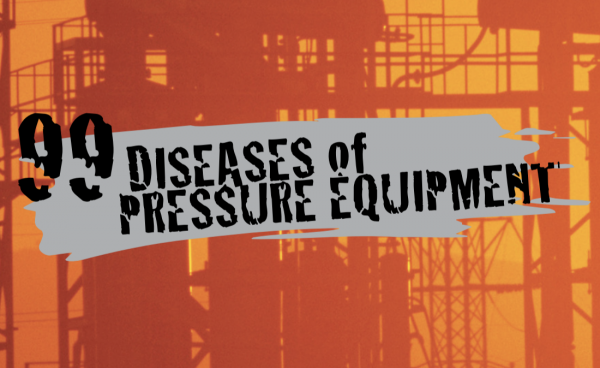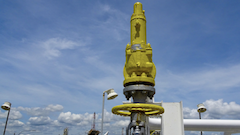Hydrogen Blistering is a form of wet H2S damage generally characterized by internal blisters (i.e., planar cavities that result in physical bulges) in steel that are caused by the accumulation of molecular hydrogen. Physically, these cavities appear as subsurface “bubbles” or “blisters.”
Blisters form as a result of atomic hydrogen diffusing through metal and accumulating in voids. Being highly reactive, hydrogen atoms combine with each other inside of voids and form hydrogen gas (H2). The buildup of hydrogen gas then increases the pressure beneath the surface of the metal to form blisters.
This form of hydrogen damage typically occurs in low-strength metals and cannot be reversed. Additionally, hydrogen blistering permanently decreases the mechanical strength of the metal and may lead to failure (i.e. rupture) even under light loads.
Factors that cause Hydrogen Blistering
The main sources of hydrogen blistering depend on the following conditions:
Material Type. Low-strength metals are the most common type of material that are susceptible to hydrogen blistering. Hydrogen is able to collect in material that contains inclusions (i.e. impurities).
Chemical Environment. In the petroleum industry, exposure to impurities and corrosive elements found in crude oil is inevitable. The most common corrosives in crude oil include carbon dioxide, chlorides, sulfur, and sulfate reducing bacteria. Hydrogen is a byproduct of many corrosion reactions.
Thermal Environment. If not controlled, high temperature operations and weld repairs are also environments that facilitate hydrogen damage.
Preventative Measures
Hydrogen blistering can be mitigated by:
- Using metals that are chemically resistant to corrosion, such as nickel-containing steels or austenitic stainless steels, rather than ferritic or martensitic steels.
- Controlling inclusions (impurities) that may be found in steels during processing.
- Using coatings that are resistant to hydrogen penetration and nonreactive with the parent metal.
- Using inhibitors that reduce the rate of hydrogen induced corrosion.
- Improving equipment design where necessary (e.g. eliminating the need for welded joints).
- Applying a proper post weld heat treatment (PWHT) in order to diffuse hydrogen out of the surface of the metal.
References
- Prueter, P., 2021, “Damage Control: Wet H2S Damage Detection,” Inspectioneering Journal, 27(5), pp. 45-52.
Related Topics
- Hydrogen Induced Cracking (HIC)
- Stress-Oriented Hydrogen Induced Cracking (SOHIC)
- Sulfide Stress Cracking (SSC)
Relevant Links
Topic Tools
Share this Topic
Contribute to Definition
We welcome updates to this Integripedia definition from the Inspectioneering community. Click the link below to submit any recommended changes for Inspectioneering's team of editors to review.
Contribute to Definition




















